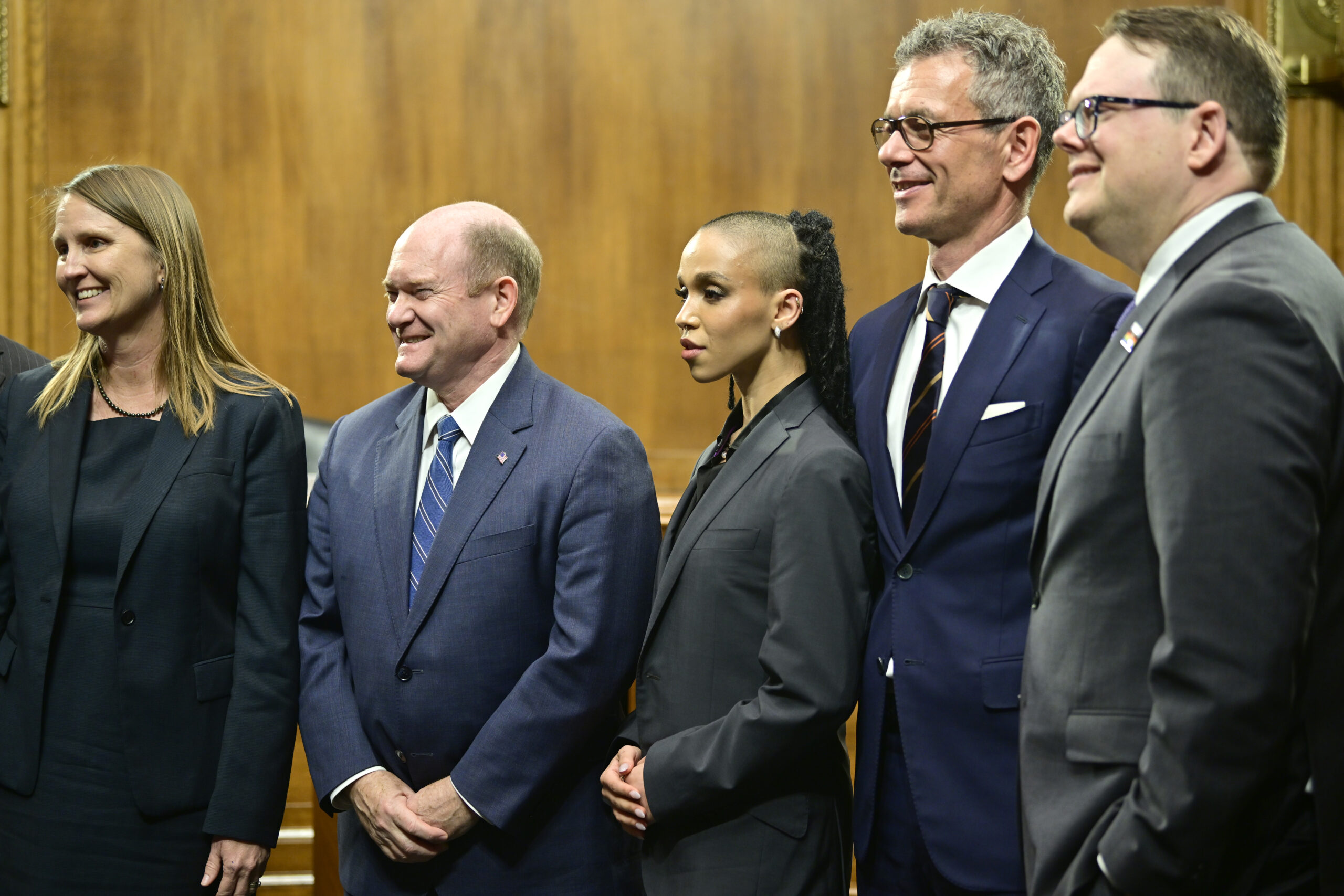
3 Ways Businesses Are Using Gamification To Better Their Workforce And Their Profitability
Gamification is here to stay- and not just in the gaming world. According to reports by Technavio, the gamification industry is set to grow by $17.56 billion between 2020 and 2024. The practice of applying game-like elements in non-gaming environments like business training and recruitment has become increasingly popular over the last decade. When implemented wisely and chosen for the right business, gamification can have positive impacts on a business’s workforce, productivity, and profitability. From the use of gamification software during recruitment to common use during annual corporate training, employing gamification methods in business is at the top of the list of what’s next in gaming.
Making The User Experience More Engaging
Customers want an engaging and personalized user experience. It is a key factor that drives customer loyalty and even employee-to-consumer connections. A good example of this in practice is Nike’s customer reward program for Nike+. By tracking their physical activity and allowing worldwide competitions or challenges. Thanks to the boost in customer engagement, Nike’s member base doubled in the first 6 years after the program was launched. For team building, recognition and engagement are important to foster employee participation.
Incentivize Learning And Participation In Corporate Training
Gamification also plays a role in creating a happier workforce. In the TalentLMS Gamification survey, almost 9 in 10 employees said gamification in software made them happier. They also admitted that they would spend more time on software if gamification was implemented. For employees, the most motivating gamification elements included rewards and badges. Reasons behind using gaming mechanics for corporate teaching include ensuring employees are more engaged in corporate training and reducing absenteeism numbers. They are driven to improve their job knowledge and actually enjoy their training. Companies using gamification for their corporate training include tech giants like Samsung, Cisco, and Microsoft. For instance, Microsoft created a Language Quality game for its Silverlight application. By using it, Microsoft employees can view and review for language accuracy. The program was highly popular, attracting over 4,500 users.
Encouraging Healthy Competition In The Workplace
Customer center employees can also benefit from gamification. In a survey by TalentLMS, 83 percent of employees who received gamification training felt more motivated. By harnessing their employee’s love of playing games, businesses can promote healthy competition in the workplace but allow encourage team collaboration and camaraderie. A good example is Deloitte’s leadership training curriculum which has been combined with Badgeville. By introducing elements like leaderboards, Deloitte was able to see a 46.5 percent spike in employees using the software daily. The time taken to complete the leadership program was also halved.
The use of gamification in business does not end here either. Companies are also using gamification strategies and tools in their recruitment process. Whether it is driving company efficiency through more engaging corporate training or improving the customer experience journey, the application of gamification in business continues to evolve.
Author Profile
- I'm Al Mega the CEO of Comic Crusaders, CEO of the Undercover Capes Podcast Network, CEO of Geekery Magazine & Owner of Splintered Press (coming soon). I'm a fan of comics, cartoons and old school video games. Make sure to check out our podcasts/vidcasts and more!









